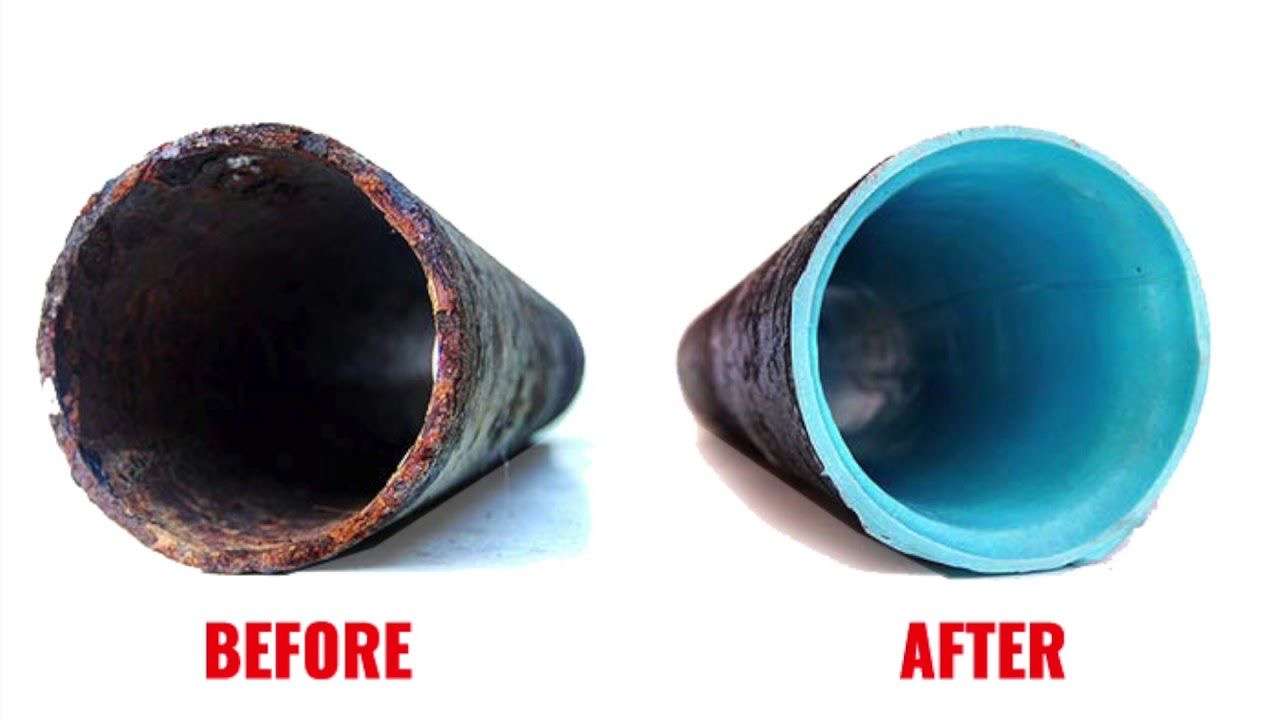At Southampton Drains24, we specialize in providing innovative drainage solutions to address a variety of issues, including damaged and deteriorating pipes. One of the most effective methods for drain repairs in Southampton is the use of drain lining. This technique not only restores the functionality of your pipes but also extends their lifespan. In this blog post, we’ll explore the different types of drain lining available, the process involved, and the benefits of each method.
What is Drain Lining?
Drain lining is a trenchless repair technique that involves creating a new pipe within an existing damaged pipe. This method reduces the need for invasive excavation, making it a cost-effective and efficient solution for restoring the integrity of your drainage system in Southampton.
Types of Drain Lining
- Cured-in-Place Pipe (CIPP) Lining
- Overview: CIPP lining is one of the most commonly used methods for drain repairs in Southampton. It involves inserting a flexible liner coated with resin into the damaged pipe. The liner is then inflated and cured using hot water or steam.
- Benefits:
- Minimally invasive, saving time and labor costs.
- Creates a seamless, joint-free interior that is resistant to leaks.
- Suitable for various pipe materials and sizes.
- Spray-in-Place Pipe (SIPP) Lining
- Overview: SIPP lining is a variation of CIPP that uses a spray application instead of a liner. A specialized resin is sprayed onto the interior of the damaged pipe, which coats and repairs it.
- Benefits:
- Fast application, ideal for pipes with minor fractures or leaks.
- No need for precise measurement of liner material.
- Effective for corrosion and root intrusion issues.
- Epoxy Pipe Lining
- Overview: This method involves the application of an epoxy coating to the existing pipe. The epoxy hardens to form a new inner layer, effectively sealing leaks and strengthening the pipe.
- Benefits:
- Ideal for small-scale repairs and kitchen or bathroom waste lines.
- Creates a smooth surface that enhances flow.
- Resistant to corrosion and scale buildup.
- Felt Pipe Lining
- Overview: Felt lining involves inserting a felt liner that is saturated with resin into the damaged pipe. Once in place, it is cured in the same manner as CIPP.
- Benefits:
- Provides flexibility for various pipe diameters.
- Cost-effective for longer pipe runs.
- Durable and long-lasting, helping to prevent future leaks.
The Drain Lining Process
The drain lining process typically follows these steps:
- Inspection: A thorough inspection using CCTV technology is conducted to assess the condition of the drainage system and identify areas that require repair.
- Cleaning: Cleaning the interior of the pipes to remove debris, scale, or obstructions is essential for ensuring proper adhesion of the lining material.
- Installation: Depending on the chosen lining method, either CIPP liners or sprayed epoxy will be inserted or applied within the damaged pipe.
- Curing: The liner or coating is cured, usually involving hot water, steam, or UV light, depending on the material used. This step allows the resin to harden and bond with the pipe’s interior.
- Final Inspection: After curing, a final inspection is conducted to ensure the repair has been successful and that the newly lined pipe is functioning properly.
Conclusion
Drain lining is an efficient and effective solution for repairing damaged drainage systems in Southampton without the need for extensive excavation. With various options available—such as CIPP, SIPP, epoxy, and felt lining—property owners can choose the method that best suits their needs.
At Southampton Drains24, our expert team is equipped to provide innovative drainage solutions tailored to your specific requirements. Whether you’re dealing with minor leaks or significant damage, we’re here to help restore your drainage system to optimal condition. Contact us today to learn more about our drain lining services in Southampton and schedule an inspection!

